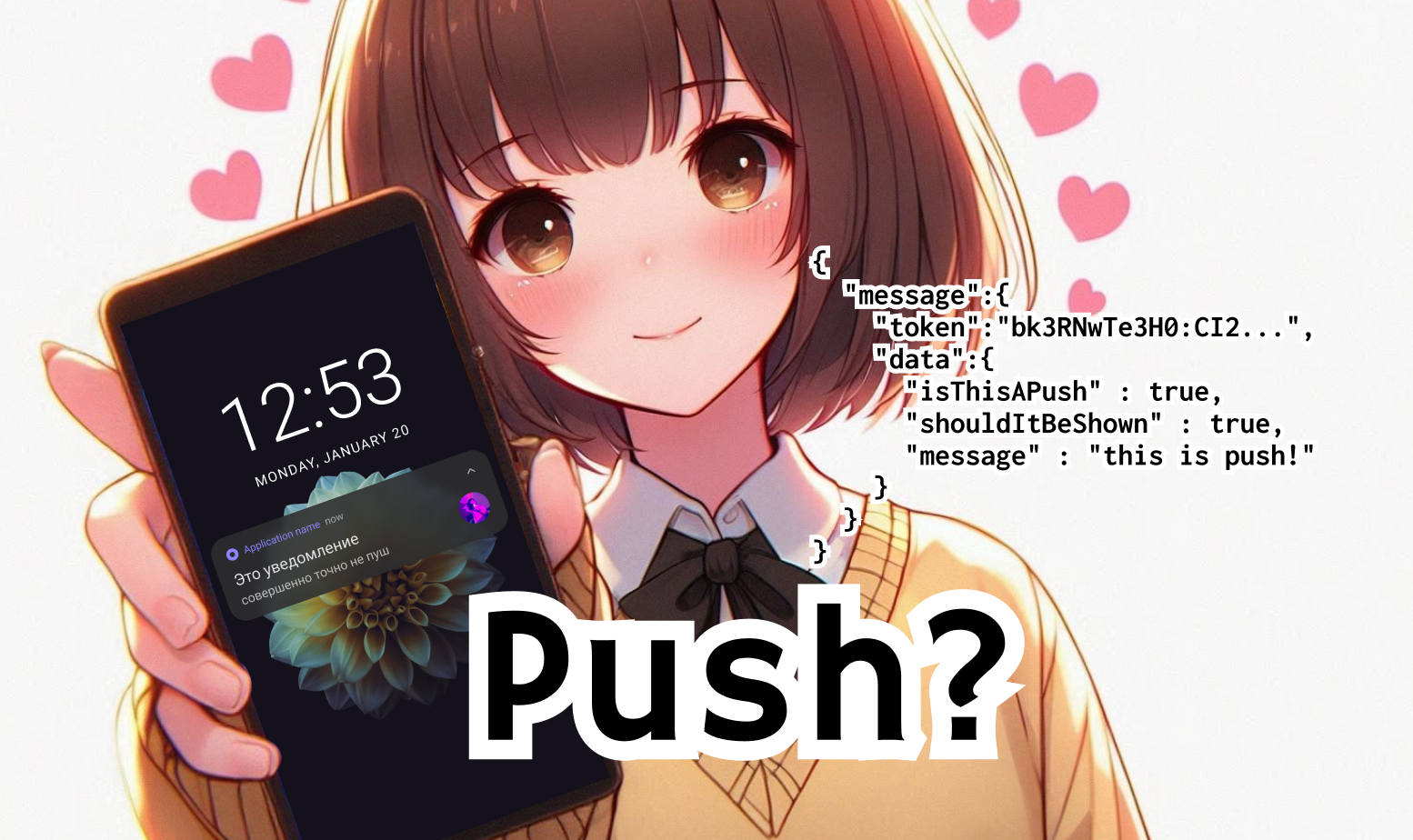Learn how to effectively A/B test push notifications to maximize engagement. A comprehensive guide covering methodology, tools, and results analysis.
1. Fundamentals of Push Notification A/B Testing
What You Can Test:
- Headline text (up to 40 characters)
- Message body (up to 120 characters)
- Emoji usage
- Send time
- Images/icons
- CTA button text
- Landing pages
Test Example:
2. Step-by-Step Testing Process
Step 1: Define Your Goal
- Increase CTR
- Boost conversions
- Reduce opt-outs
Step 2: Test One Variable at a Time
Change only one element per test for clean results.
Step 3: Split Your Audience
- 50/50 split for precise results
- 70/30 split for faster tests
Step 4: Set Test Duration
Minimum 3-7 days for statistical significance.
3. 7 Key Elements to Test
- Headlines
- With vs without emojis
- Question vs statement format
- Percentage discount vs fixed amount
- Message Content
- Short (60 chars) vs long (120 chars)
- Brand mention vs generic
- Urgency creation vs neutral tone
- Send Time
- Morning (9-11 AM) vs evening (7-9 PM)
- Weekdays vs weekends
- Images
- Product photos vs logos
- Bright vs neutral colors
- CTA Buttons
- "Buy Now" vs "View Offer"
- Green vs red color
- Personalization
- With name vs without
- Geo-targeted vs generic
- Frequency
- 1x/week vs 3x/week
- Message series vs one-offs
4. A/B Testing Tools
- OneSignal (built-in functionality)
- Pushwoosh (advanced analytics)
- Google Optimize (integrates with Analytics)
- DMPilot (simple audience splitting)
5. Analyzing Results
Key Metrics:
- CTR (Click-Through Rate):
- Benchmark: 5-15% (e-commerce), 2-8% (B2B)
- Conversion Rate:
- Percentage completing target action
- Opt-out Rate:
- Warning sign if >3% during test
Statistical Significance:
Use calculators (like Optimizely) to determine result reliability.
6. Best Practices
- Test hypotheses based on analytics data
- Document all tests and results
- Repeat successful tests in different conditions
- Combine winning elements from different tests
Optimization Cycle Example:
7. Real-World Case Studies
Case 1: Electronics E-commerce
- Test: Price amount vs percentage discount
- Result: "Save $35" version delivered +37% CTR
Case 2: Media Site
- Test: Morning vs evening news pushes
- Result: Evening notifications drove +28% clicks
Case 3: SaaS Platform
- Test: "Try Now" vs "Get Demo" CTA
- Result: Second version increased conversions by 21%
Key Takeaways
Systematic A/B testing can gradually improve push campaign performance by 10-30% over several iterations. Start with high-impact elements (headlines, timing) before moving to finer optimizations.
💡 Pro Tip: Maintain a master spreadsheet documenting all tests with dates, hypotheses and outcomes to identify long-term trends.
